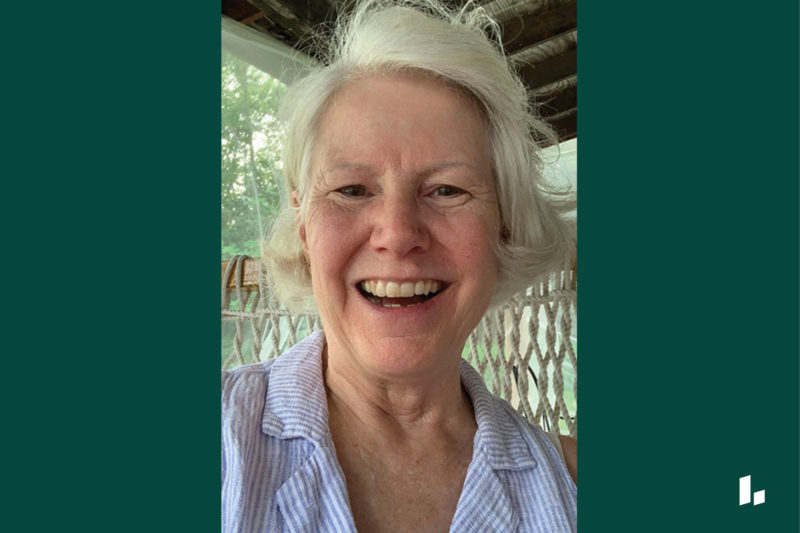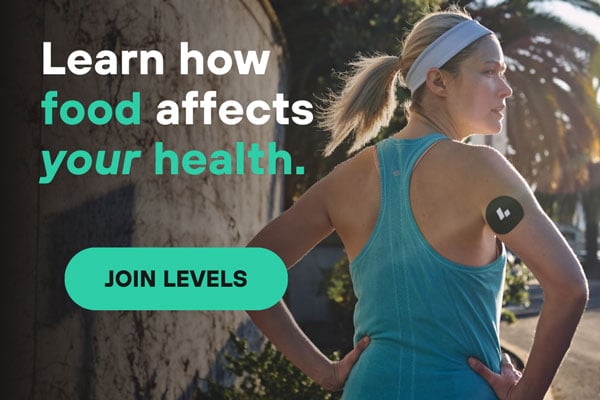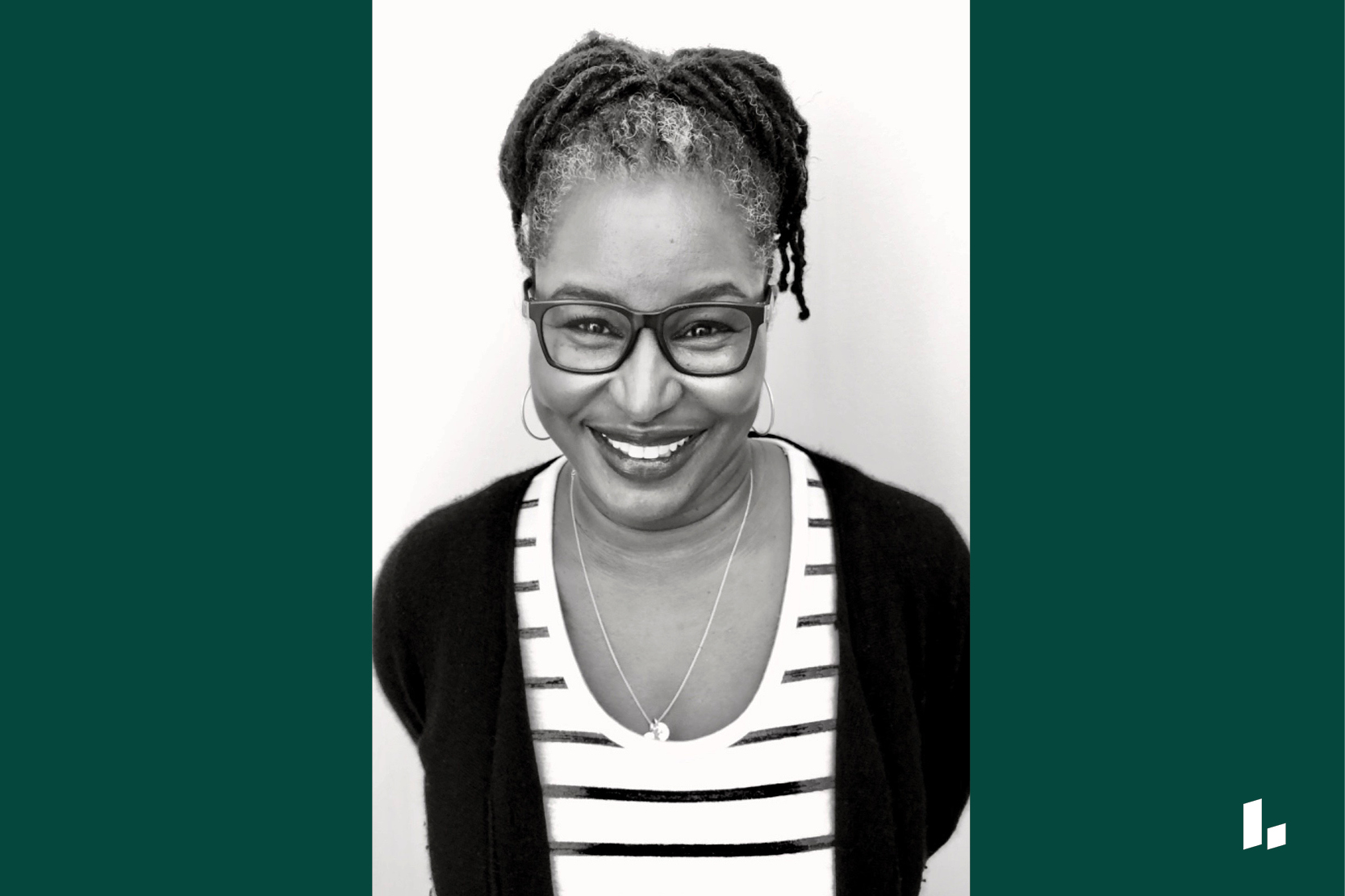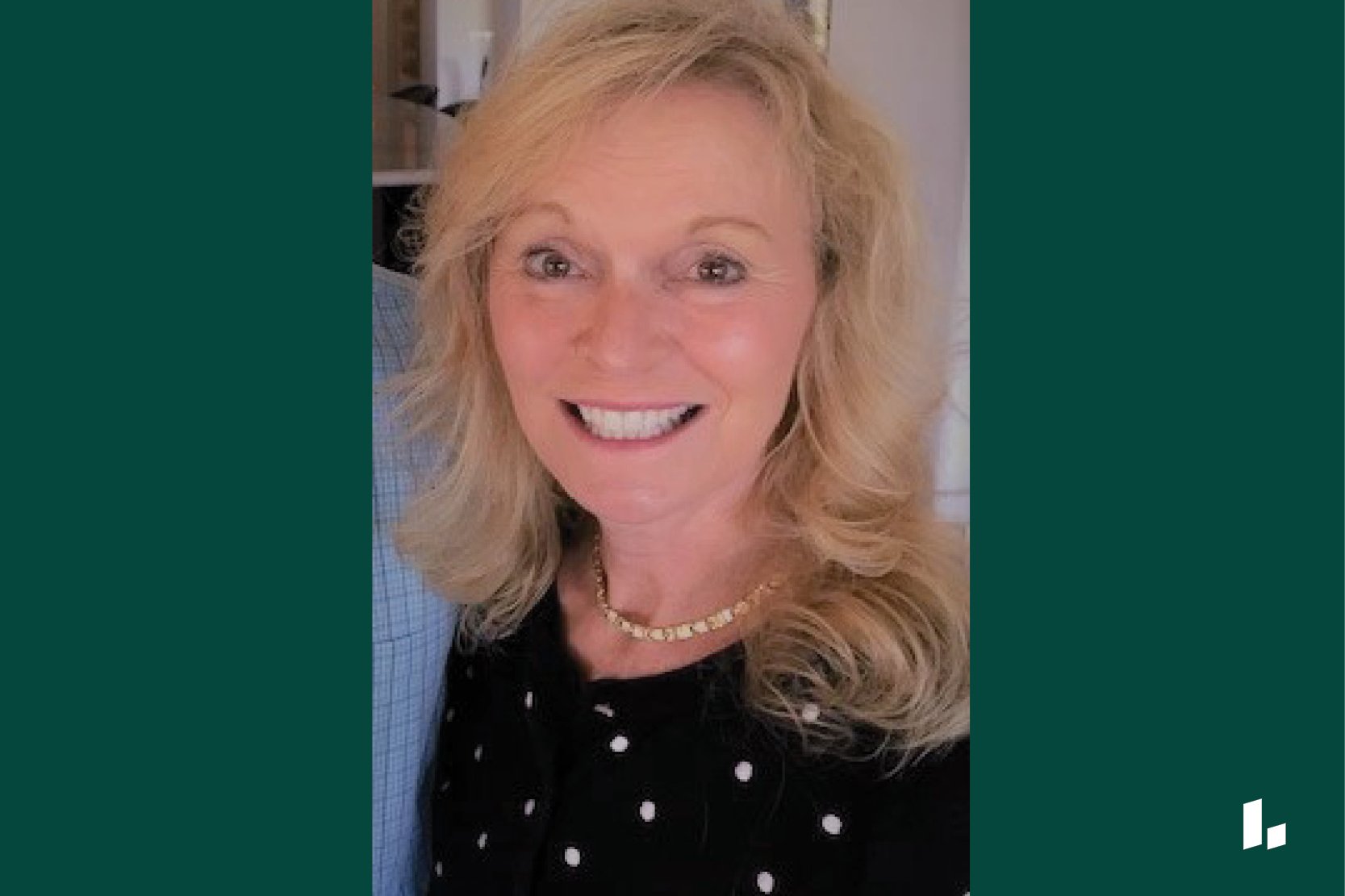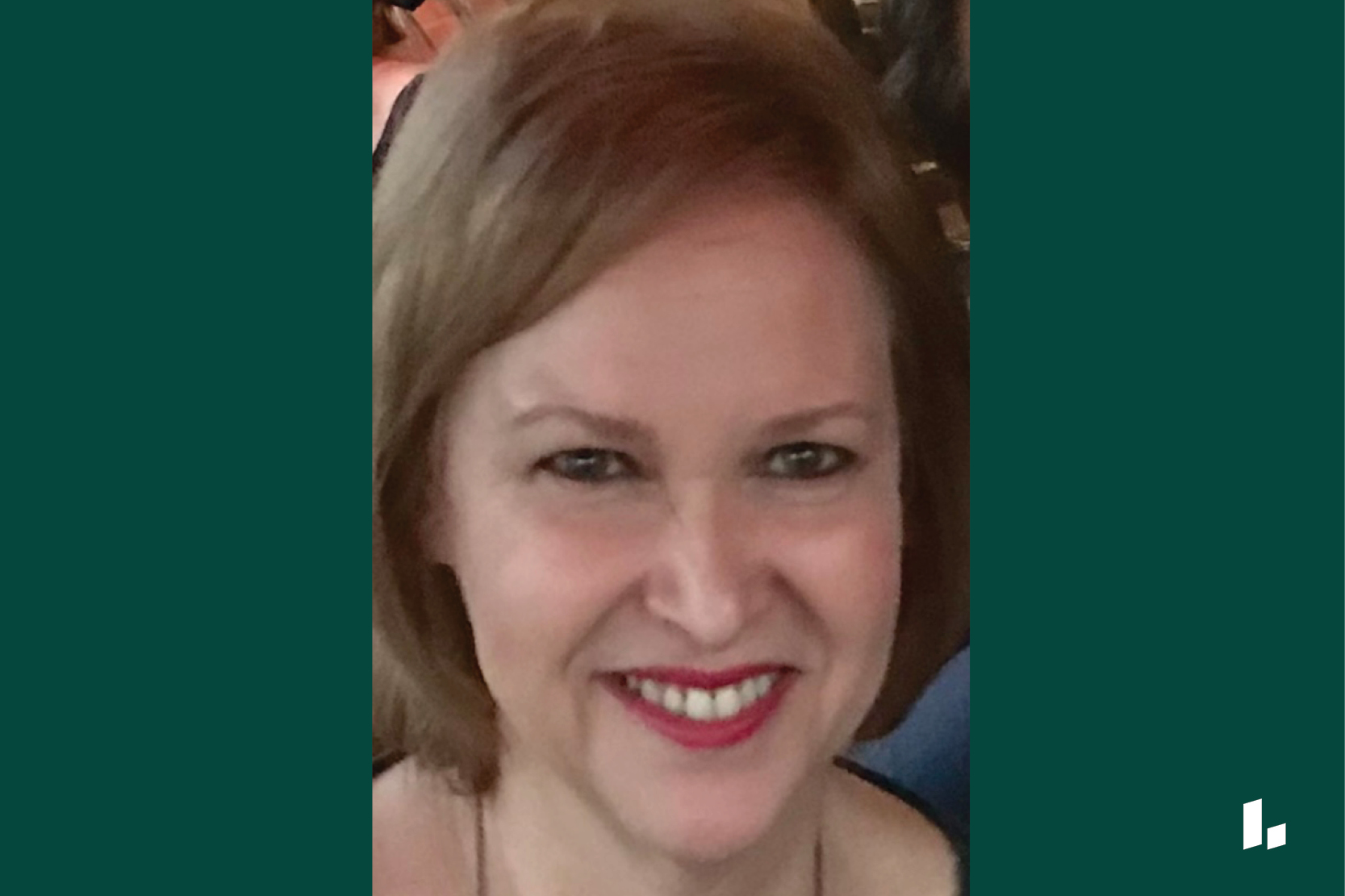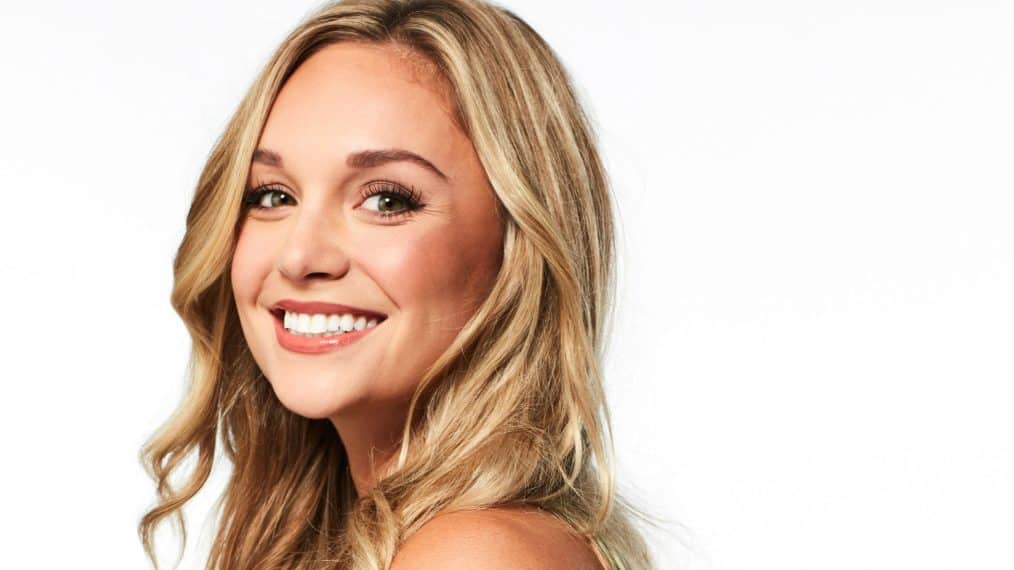Member Profile
Who: Kayt Havens, 68
Where: Milwaukee, Wisc.
Time with Levels: One month, so far
Most Useful Takeaway: “Now, I think about metabolic health instead of weight loss or worrying that I didn’t count calories. There is no body shaming using a CGM.”
1. You’ve been a practicing physician for 35 years. Why did you want to put a CGM on your arm?
I have a strong interest in prediabetes and diabetes. They were a huge part of my practice, and I became very interested in how to intervene in a good way. I also like to beta test different programs, and I found out about Levels in a New York Times article. To me, coordinating a picture of food with blood sugar levels is more impactful than logging calories or carbs. But when it comes to recommending things to my patients, I feel that I can’t suggest something without deeply understanding it myself. It’s helpful when I can relay a personal experience and say, this is what I did, and it might work for you, too.
Learn more:
2. What was your health like before Levels?
During COVID-19, I gained a couple of extra pounds, and I still haven’t gotten rid of them. Also, a year ago, I learned that I have prediabetes. So, following my blood glucose numbers was driven by a desire to understand the correlation between what I eat and how quickly my levels spike.
3. What foods did you find were good—or detrimental—to your blood sugar? Did anything surprise you?
Breakfast is my biggest meal, and I love it. Unfortunately, I found that a morning bowl of oatmeal spiked me to 150 mg/dL [an optimal post-meal response is under 120 mg/dL]. That shocked me. Oatmeal has a reputation in the medical community for being so healthy because of its beta-glucan fiber. Even steel-cut oats gave me the same response. For me, oatmeal is no longer an option. So, I changed my breakfast, and now I eat whole-grain bread with almond butter. But it took a while to find something I liked that also worked for my blood glucose.
“Even though I have a depth of knowledge about this topic, I learn something new every day by reading the content on the app. I like how it integrates so much information that I sought to understand myself in the past 10 years.”
I also like to have fruit with breakfast, like blueberries or prunes. But if I ate them first, my blood sugar would climb. Eating the fruit at the end of breakfast produced a more stable blood sugar response.
With dinner, I noticed that I’m much more awake in the evening when I limit carbohydrates. In the past, we always had something like bread with dinner. Now, I focus on protein like fish or chicken with salad and lots of avocado and olive oil. These foods feel more sustaining—and it makes for a much prettier plate.
4. Did you find that your exercise habits affected your blood sugar in any way?
Every morning after breakfast, I take a walk. It’s about 20 to 30 minutes, but I notice that it makes a massive difference in my blood sugar, decreasing my readings by as much as 20 mg/dL. As a physician, I knew that a walk after a meal would bring down my glucose, but I never had a way to document it. It’s fun to see it on the app, so you can say, Oh, yep, it does drop it.
5. You mentioned you want to keep using a CGM for at least a year—why?
Even though I have a depth of knowledge about this topic, I learn something new every day by reading the content on the app. I like how it integrates so much information that I sought to understand myself in the past 10 years. I have a group of female patients who I recommended wearing a CGM and using Levels. I’m retiring this fall, but if I had a year left in practice, I’d probably start a small group with the CGM where we could work through the app together and give each other feedback. When people can talk about their experiences together, it reinforces the learning.
Personally, though, after following my blood sugar, I have a healthier perspective on how I see myself. I think about metabolic health instead of weight loss or worrying that I didn’t count calories. There is no body shaming using a CGM. And that experience has been freeing. This is creating healthier habits, and that’s why I’m drawn to it now. I’m building good ways to live, and that feels great.
